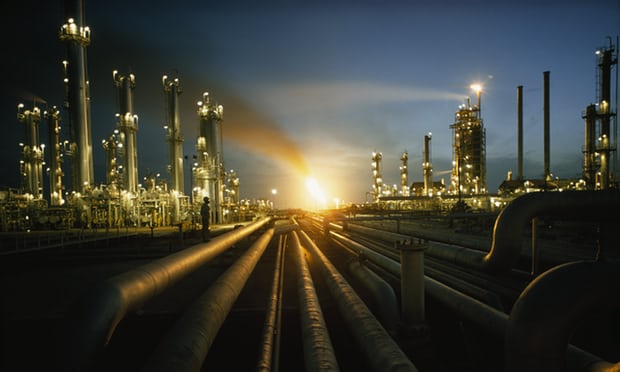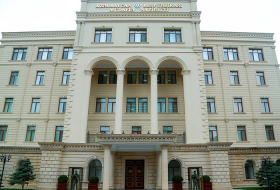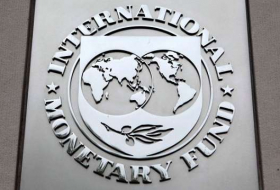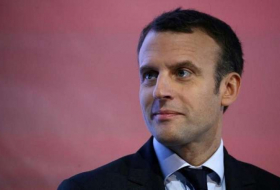Governments across the world rely on IEA projections to set energy policies, but the agency’s figures – which are influenced by the oil industry – are pushing them off track to reach the targets of the Paris climate agreement, says the report.
The study, released on Thursday by research and advocacy NGO Oil Change International, claims the agency’s investment projections remain massively skewed towards oil and gas, effectively encouraging governments to overshoot emissions targets and worsen climate damage.
In its annual World Energy Outlook, the IEA provides a series of possible scenarios, each of which is dependent on the decisions taken by governments. Oil Change International says all of them would break the Paris targets to keep global temperature rises to well below 2C, or ideally 1.5C, by the end of the century.
Under the most prominent and widely used of the IEA’s pathways – the “new policy scenario” – the world’s carbon budget for 1.5C would be exhausted by 2022, and for 2C by 2034, the report calculates. Even its most ambitious outlook – the “sustainable development scenario” – would bust the 2C budget by 2040, even though it assumes the deployment of as yet untried to extract carbon emissions from the atmosphere, it says.
“The IEA provides an energy roadmap that is supposed to lead us to safety, but in fact it takes us over the cliff,” says Greg Muttitt, research director at Oil Change International. “Any government or financial institution that uses these scenarios as a basis for investments in oil and gas is getting seriously bad information. It’s shocking how far off the Paris agreement they are.”
In a statement to the Guardian, the IEA said any suggestion its sustainable development scenario was unaligned with the Paris goals was incorrect because it envisaged a peaking of emissions before 2020, followed by a sharp decline. It said its new policies scenario was intended only as a reference that showed current and announced policies are “far from enough to avoid severe impacts of climate change” and will very quickly use up the global carbon budget.
The IEA noted it has also outlined a “faster transition scenario” that illustrates how the Paris goals can be met using existing technologies. This will be updated in April.
The Paris-based IEA was established in 1974 in the wake of an oil crisis with the goal of ensuring “reliable, affordable and clean energy” for its 30 members – states in the rich-nations club of the Organisation for Economic Cooperation and Development.
More recently, it has tried to widen its focus to renewables and to encourage participation by emerging economies such as China, India and Brazil, which are now associate members.
Oil Change International says, however, this key organisation remains closely wedded to the fossil fuel industry, pointing out that two of the authors of the most recent World Energy Outlook were on secondment – and receiving salaries – from Shell. It says the IEA also continues to put the interests of wealthy nations first because its forecast for 2040 suggests India would cut emissions by 46% while the European Union would trim by only 40% – in an apparent contradiction of the climate negotiation principle that rich nations should bear the bulk of the responsibility because they have contributed most of carbon dioxide now in the atmosphere.
Muttitt said the IEA needed to catch up with changing priorities and to follow the example set by the World Bank, which in December announced it would cease upstream investment in oil and gas by 2019 in response to the threat posed by climate change.
A spokesperson for the IEA said it was not beholden to any industry, that the two dozen authors – and several hundred reviewers – of the World Energy Outlook came from a wide range of fields and that the agency’s work benefits from input from governments, NGOs and a wide range of industries, including renewable companies. It also noted the most recent ministerial meeting backed a modernisation strategy to turn the IEA into a “global clean energy hub”.
More about: #IEA
















































